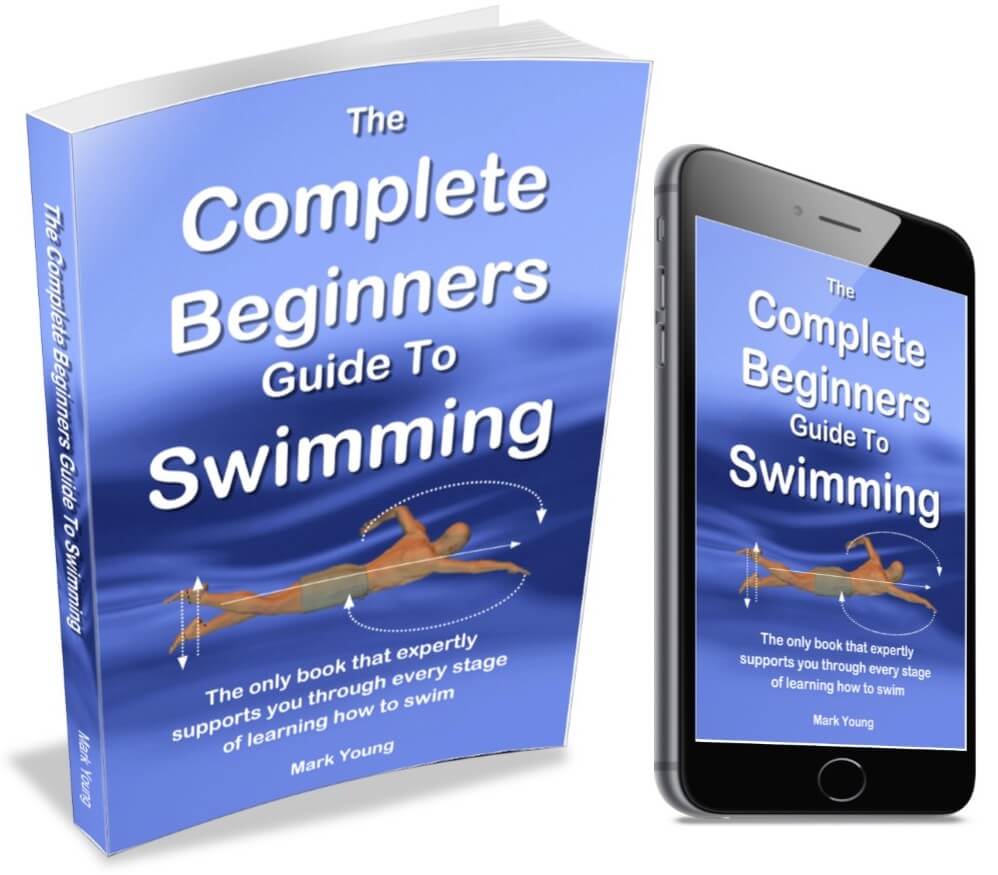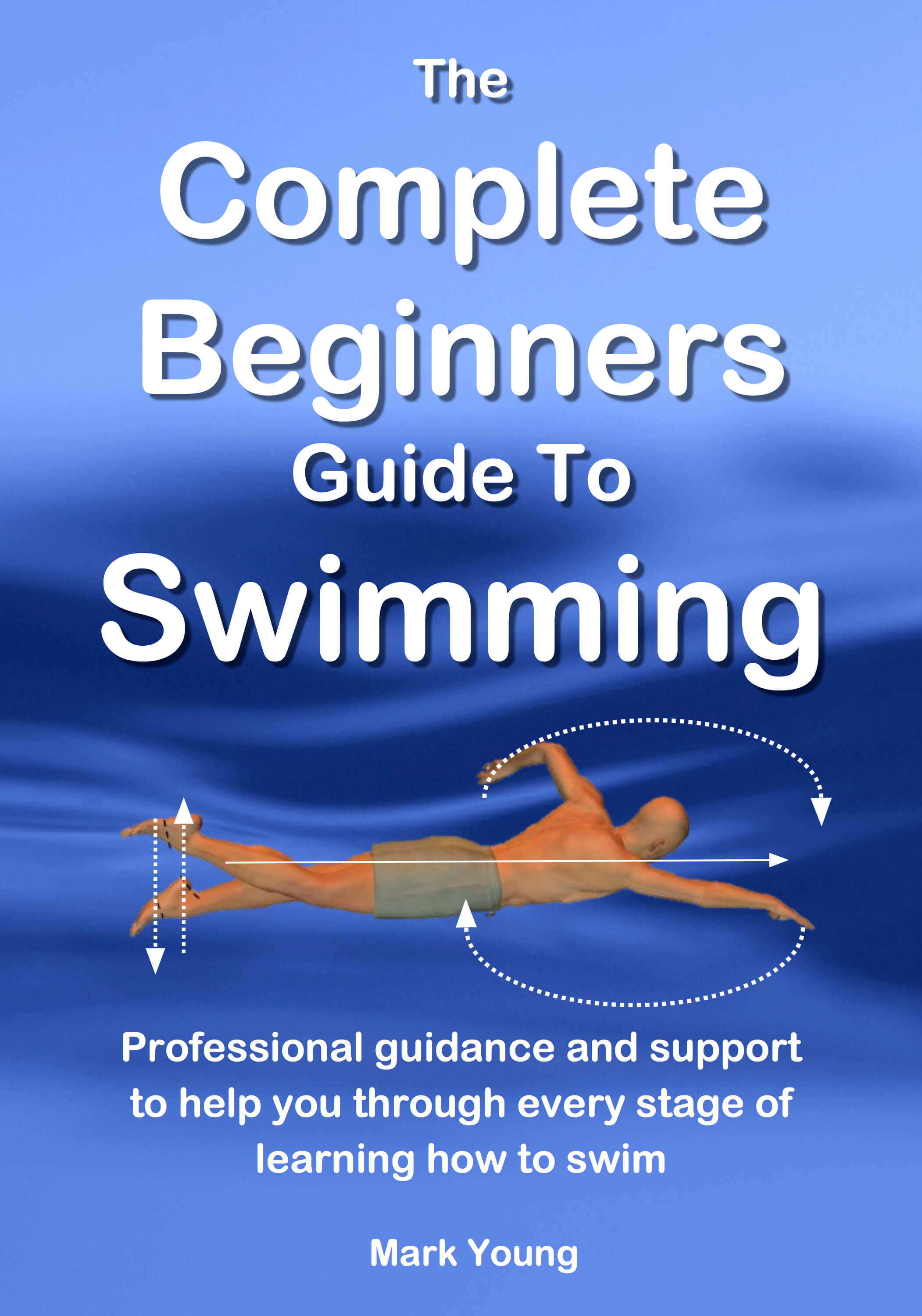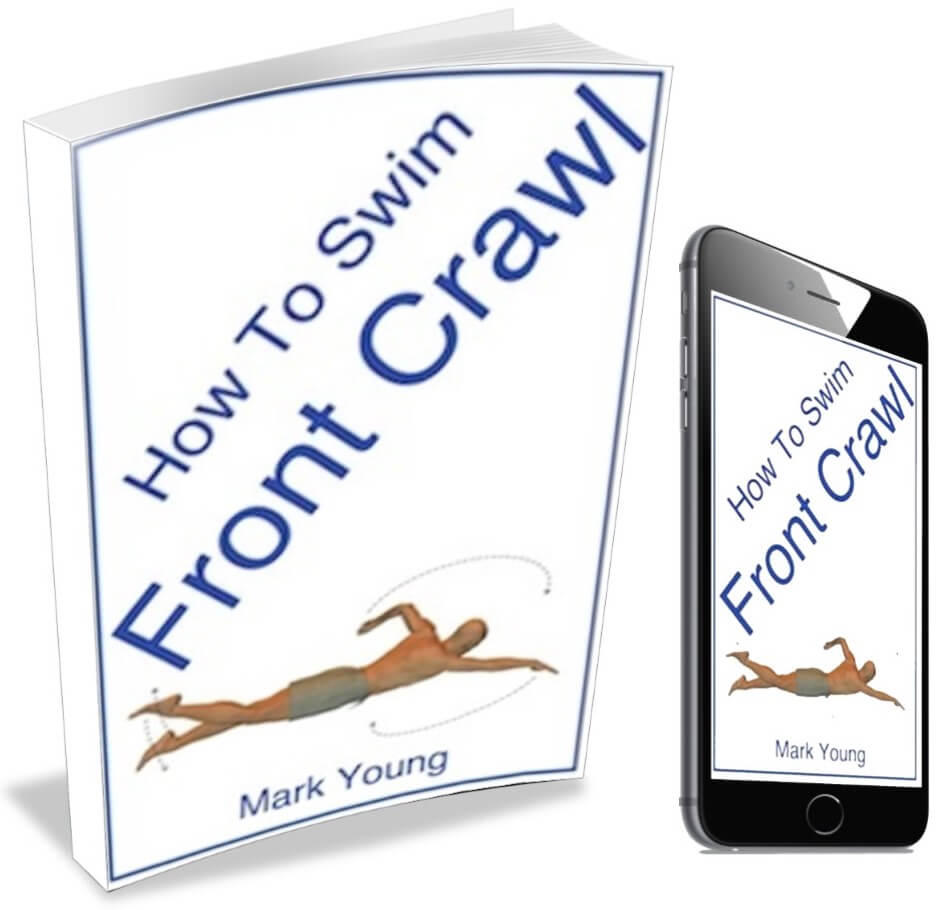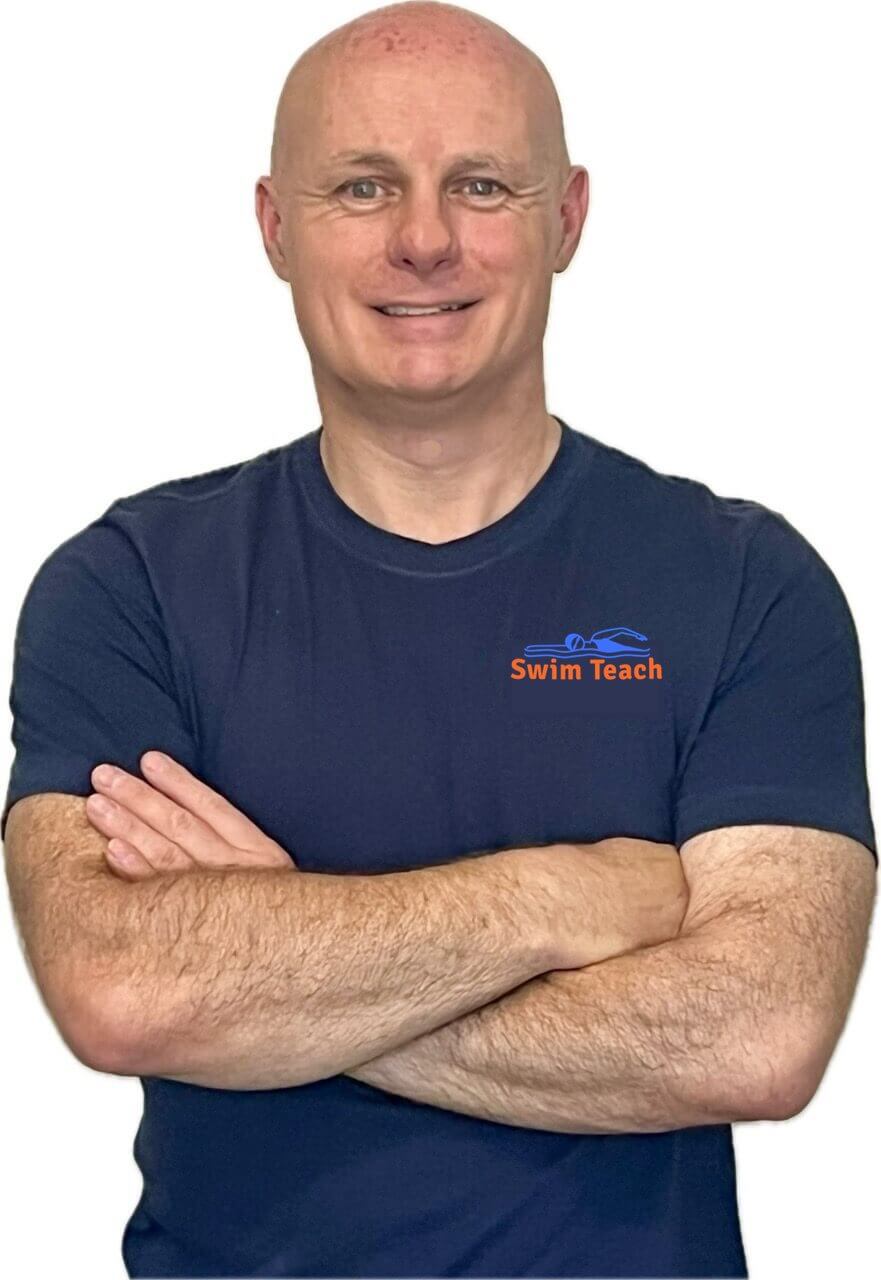- Swim Teach Home
- tips for beginners
- Swimming Breathing Technique
- Breathing When Swimming And Why You Get Tired
Breathing When Swimming
I am trying to master breathing when swimming. How do I control my breathing...(I find that I do not have enough breath whilst gliding across)?
The most comfortable method of breath control is trickle breathing. This is the act of slowly breathing out into the water whilst swimming or gliding. Holding your breath is an easy mistake to make, especially if you are learning to swim. Breath-holding increases levels of carbon dioxide in the body, increasing the urgency to breathe. Breathing out into the water expels the carbon dioxide and makes inhaling another breath calmer and more relaxing.
The amount of breath, or volume of air to give it its correct term, is determined directly by the volume or size of your lungs. The rate at which your body uses the oxygen in your lungs is determined by your aerobic capacity, in other words, your fitness level. After all, swimming is a very effective form of exercise. Those learning to swim usually find it an intense cardiovascular workout simply because it is a form of exercise they are not used to.
As your fitness level increases, your breathing will become easier. Keep practising, and you will get there.
My ebook The Complete Beginners Guide To Swimming contains a chapter all about breathing, including when and how to breathe, plus all the technique tips for learning to swim the four basic strokes Click the link below for more information.
The Complete Beginners Guide To Swimming
Professional guidance and support to help you through every stage of learning how to swim.
Discover everything you need from first entering the pool and building confidence to floating and breathing. Plus, 82 exercises to master the four basic swimming strokes.(click here for an instant preview)
Don't miss out! Click here to get your copy of my book!
Should I Exhale When Swimming?
I would like to know if I should exhale when swimming. I have been swimming for over a year, and I'm 27. I swam a little when I was younger, but not competitively. I am attending a swimming club twice a week, which is pretty advanced/intense. I am doing smaller drills than the others but still find myself breathless after 100m, for example. Sometimes after 30mins of the session, I take note of what I am doing and notice that I am only inhaling out of the water and not doing anything while I'm submerged in the water. I hear this is bad!?
What you describe is not necessarily bad, but it sounds pretty common. It is good that you are taking note of what you are doing, and you will notice that your breathing pattern changes as you swim for longer periods.
From what you are describing, it sounds like you are switching from trickle breathing to explosive breathing as your body begins to work harder aerobically. Trickle breathing is exhaling out into the water during the stroke; at the point, you need to breathe, you only need to inhale.
Explosive breathing is holding your breath during your stroke, and at the point of needing to breathe, you exhale and inhale in a short second, and your head is turned. Explosive breathing is often harder and more energy-consuming.
If you forget to exhale, you make life hard for yourself!
There is no right or wrong breathing pattern. It is completely individual to you. Try to start breathing every 3 or 4 arm pulls and see how long you can maintain it. You will probably switch to breathing every stroke as your distance and time increase. This is perfectly normal.
The best thing is to experiment with what works best for you but whatever you do, exhale before you inhale!
My best-selling book How To Swim Front Crawl contains all the relevant practical exercises you need to fine-tune your technique, including your breathing. You can download it, print out the parts you need and take them to your pool to try out. Click the link below for more information.
HOW TO SWIM FRONT CRAWL EBOOK: everything you need to master front crawl swimming stroke. 22 easy drills that focus on each part of front crawl technique. From body position to breathing and timing. Decades of teaching experience all packaged into 1 easy file. Download to your device and master front crawl TODAY! (click here for an instant preview).
Don't miss out! Click here for more details on how to get your copy.
Swimming Breathing Tips
I need some swimming breathing tips. I am 57 and learning to swim. I have a great instructor and love it. The problem is getting my head out of the water to get a breath when I need it. I end up sputtering and getting water in my mouth and nose. It is almost as if I forget how to inhale a breath.
The other adults seem to have the same problem with breathing techniques. We even put ducks in the water, so I will know I am out of the water. I may get the breath once or twice, but it just doesn't happen.
Again, I love swimming and plan to make it a part of my life forever. I feel like the water, and I am one, but I have to be able to breathe. I can hold my breath for 20 seconds underwater, but when I don't get the breath, I begin to feel desperate and stand up in the pool (a habit I don't want to continue).
The water is one of the most freeing places I have been, and although I respect it, I am not afraid of it. I don't know what took me so long to get in.
A few things can contribute to your problem of raising your head out of the water to breathe. Firstly as you have not mentioned which stroke you swim, I will assume you are doing breaststroke. If you are not, then I would very much encourage it. As an adult learning to swim, it is the easiest to learn and the easiest to breathe.
Here are a couple of points to consider about breathing first:
1) Ensure you exhale slowly when your head/face is submerged (blow bubbles!). That way, when you need to breathe in, it is much easier. If you hold your breath, when you raise your head to breathe, you need to exhale and then inhale again in the brief second you have face above the water - which is far more difficult.
2) If you forget to exhale, you will constantly be inhaling until your lungs can inhale no more! This will give you the feeling of 'forgetting how to breathe.
3) Try to breathe before you need to. In other words, don't swim to the point of nearly running out of breath - breath long before that. This can sometimes make breathing more comfortable and natural instead of gasping for breath. As your swimming develops, your lung capacity and fitness will grow, and you can go for longer without breathing. Keep it simple and comfortable for now.
Getting your head and face out of the water to breathe combines technique and relaxation during your stroke. A good breaststroke leg kick and arm pull give your body the lift needed to raise your head.
Relaxing during your stroke will make you more buoyant and make it easier to move and breathe. Feel your way through the water, don't fight with it!
 The Complete Beginners Guide To Swimming
The Complete Beginners Guide To Swimming$14.99

I am a member of the Amazon Associates Program and I will earn a commission from qualifying purchases at no extra cost to you.







